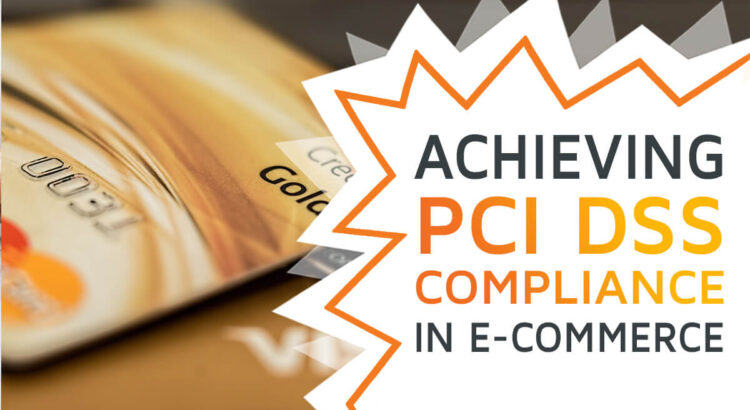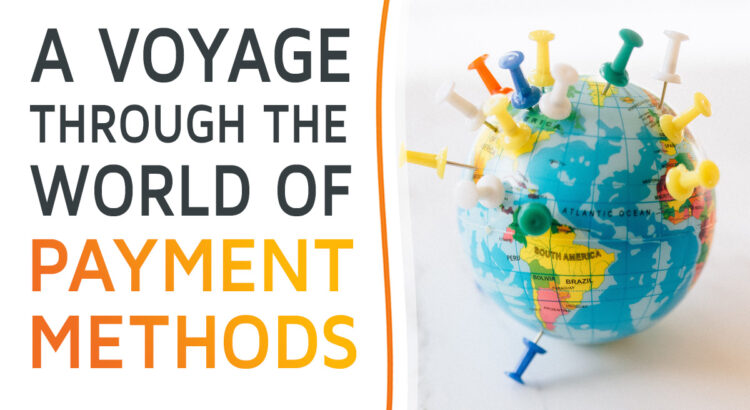There are two important truths about PCI DSS in e-commerce environments: It’s easy to reach compliance. But it’s hard to maintain it.
Well, in comparison, at least. Setting up a PCI DSS-compliant environment for credit card payments is never exactly “easy”. But many e-commerce companies will experience the upholding and the monitoring of measures to secure credit card data as a challenge – especially as the requirements evolve over time. In different phases of business development, e-commerce companies may find themselves struggling with:
- Putting up a profound strategy to uphold PCI DSS compliance over time.
- Analyzing the effectiveness of PCI security measures put in place.
- Discovering deviations from the standard required by PCI DSS.
- Educating their teams in putting the specifications into ongoing action.
As an online retail business, this article may help you understand the requirements of PCI DSS, the challenges those requirements entail and possible actions to become compliant. It will:
- Give a definition of PCI DSS and related concepts
- Discuss why PCI DSS compliance can be crucial for businesses
- Which steps are required by PCI DSS and what are some of the best practices
- How we as an experienced payment software provider can help you achieve and uphold compliance

